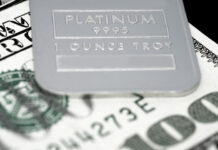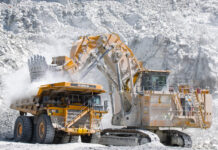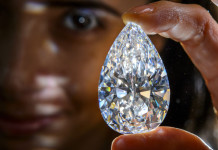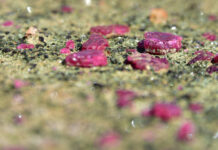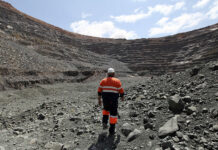
THE discovery of a 2,492 carat diamond at Lucara’s Karowe mine in Botswana this month could give fresh impetus to the battered diamond market.
Diamond prices slumped last year partly owing to underwhelming demand from China where growth in previous years had given momentum to the industry. The discovery at Karowe could kindle much-needed glitz to the sector.
This is according to the Canadian firm’s CEO William Lamb who told the Financial Times in a report on August 23 that the diamond find “couldn’t be a better time to bring attention to the diamond market. This needs to be used to drive interest.”
Karowe is famous for producing large, exceptional diamonds with previous finds including the 1,758 carat Sewelo stone and the 1,109 carat Lesedi La Rona diamond.
Said Lamb in a report by Miningmx last week: “This discovery reinforces Karowe’s position as a truly world-class diamond mine and highlights the continued success of our operational and underground development strategy.
“We are ecstatic about the recovery of this extraordinary diamond. The find not only showcases the remarkable potential of our Karowe mine but also upholds our strategic investment in cutting-edge XRT technology.”
The discovery of the diamond, which the FT said was still yet to be named, also helps give Lucara a positive spin after it was last year forced to recapitalise itself following delays on the underground expansion of Karowe.
Lamb announced in January that Karowe’s debt package had been successfully restructured and the $683m underground expansion would be completed.
The Karowe mine was originally known as the AK6 kimberlite project, owned by a joint venture consisting of De Beers and the former African Diamonds – an exploration company founded by serial mining entrepreneur John Teeling.
“We had an understanding of the potential that the resource had,” Lamb told the FT but according to Adam Lundin, son of Lukas Lundin, one of the late founders of Lucara, the mine’s development wasn’t predicated on glamour discoveries.
He told the FT: “When the company did the analysis, it didn’t assume [it would make] any big discoveries … But what has been found is super special.”


